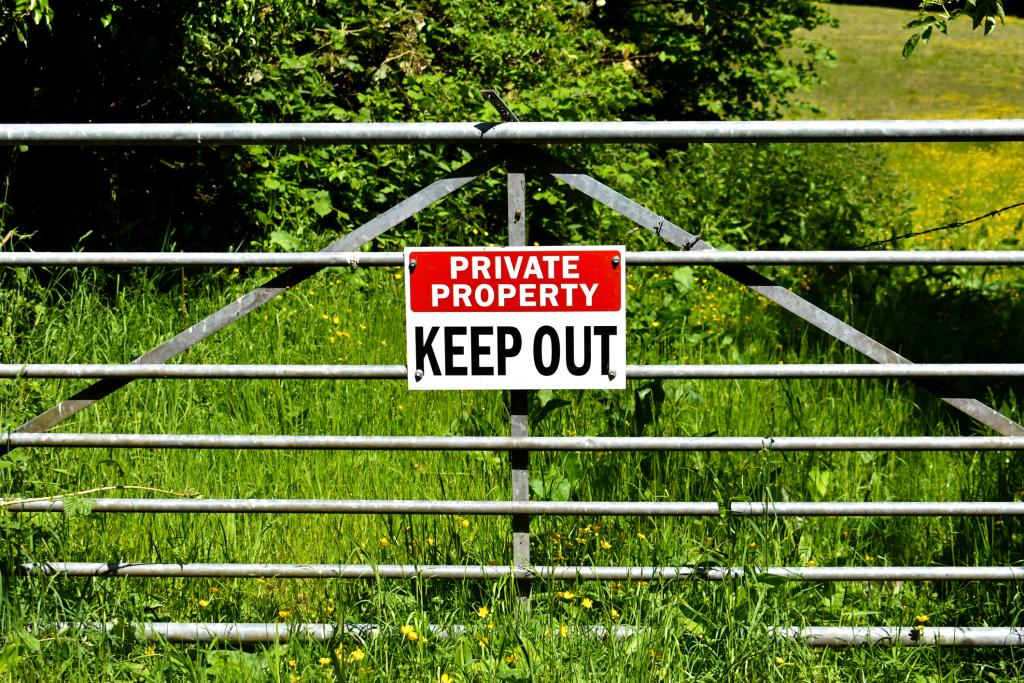
Restrictive covenants are often a significant hurdle in property development, imposing limitations that can hinder the progress of even the most well-conceived projects. However, Section 84 of the Law of Property Act 1925 offers a legal mechanism to modify or discharge these covenants under certain conditions.
One of the key decisions in understanding the Tribunal’s current approach to modification in recent times is the Supreme Court decision in Alexander Devine Children’s Trust v Housing Solutions Ltd [2020] UKSC. This case, where it was the first time that the House of Lords or Supreme Court had considered s.84, and the decisions which have since followed, provide some useful points to note for developers seeking to navigate the legal framework.
What is modification of restrictive covenants?
Section 84 of the Law of Property Act 1925 (‘the Act’) allows a property owner to apply to the Upper Tribunal (Lands Chamber) for the modification or discharge of a restrictive covenant. The Tribunal may grant such an application on several grounds, including:
- **Obsolete Covenants**: Where the covenant is deemed obsolete due to changes in the character of the property or the neighbourhood; and where the covenant
- **Impeding Reasonable Use**: Where the covenant unreasonably impedes the applicant’s use of the land and does not provide practical benefits of substantial value or advantage. This is known as ground ‘(aa)’ for reasons which will become relevant when we get into the detail in Devine; and
(NB: this is not an exhaustive list but the grounds, but these are the two grounds most commonly used).
Understanding the grounds is crucial for developers and their teams, as they form the basis for challenging restrictive covenants that might otherwise block development plans.
Devine and the Tribunal’s approach
The Alexander Devine Children’s Cancer Trust (‘the Trust’) built a hospice that enjoyed the benefit of a restrictive covenant preventing building on a plot of land (“the Land”). This covenant afforded the terminally ill children of the hospice privacy in the use of its grounds.
Housing Solutions Ltd (‘Housing Solutions’) was the successor in title to a developer that had already built 13 units of much-needed affordable housing on the Land, in breach of this restrictive covenant. These homes had been built with planning permission, and in fact were erected to satisfy a requirement imposed under a s106 agreement.
The developer was aware of the restrictive covenant and had applied for planning permission and, rather cynically, started the development prior to applying to the Upper Tribunal to modify the covenant. The developer relied on ground (aa) as set out above (i.e that the covenant impeded a reasonable use of the land).
If the developer could satisfy the Tribunal that ground (aa) had been met, the Tribunal then has a discretion to modify or discharge the restrictive covenant subject to some other considerations. This includes:
- Whether the restrictive covenant was contrary to the public interest (s84(1A)(b) of the Act) and whether money would prove to be adequate compensation for any person who suffers a loss or disadvantage should the restrictive covenant be modified or discharged; and
- The planning status/history of the vicinity and any pattern for the grant or refusal of planning permissions in the relevant areas (s84(1B) of the Act).
This developer succeeded in the Upper Tribunal and went on to sell the Land. The decision was overturned by the Court of Appeal, and Housing Solutions, who by then owned the Land, appealed to the Supreme Court.
The Supreme Court considered the following issues to be central to the determination of the appeal:
- Did the Tribunal, at the jurisdictional stage, make an error of law by ignoring the developer’s cynical breach while regarding as highly relevant the fact that, by the time of the application, 13 housing units had been built?; and
- Did the Tribunal make an error of law by failing properly to take account the developers conduct (which was referred to as ‘cynical’) in the exercise of its discretion?
The Supreme Court held:
- The Tribunal did not make an error of law. It was held that on the correct interpretation of s84 of the LPA 1925, the developers cynical breach of the restrictive covenant was relevant at the discretionary stage only and not when considering if ground (aa) had been met; i.e. if the restrictive covenant was contrary to the public interest.
- When considering the developer’s conduct the Tribunal failed to consider:
- That the developer could have applied for planning permission to build the development on the unencumbered part of the site thereby avoiding a conflict altogether; and
- Had the developer made an application pursuant to s84 of the LPA 1925 prior to starting the development, it would have been unlikely to satisfy the public interest limb of ground (aa). The developer by breaching the restrictive covenant, created the situation in which it could argue that the continuation of the covenant was contrary to the public interest.
Key issues from Devine
Undoubtedly, the developer’s cynical behaviour influenced the decision not to modify the restrictive covenant, but the case nevertheless demonstrates that Section 84 applications cannot always be used to override restrictive covenants, even those which where created a relatively long time ago.
One further lesson is clear: developers who wish to modify a covenant on “public interest” grounds should seriously consider making a section 84 application before construction commences.
The ruling serves as a cautionary tale, illustrating that courts will carefully weigh the benefits of development against the specific interests protected by a covenant.
Strategic considerations for developers regarding restrictive covenants
- Undertake a comprehensive impact assessment Before pursuing a modification, developers should conduct a thorough assessment of how the covenant benefits the entitled parties. Understanding these benefits is crucial for determining the viability of an application under Section 84.
- Balancing public and private interests. Developers should be prepared to demonstrate that the proposed modification serves a significant public interest without unduly infringing on the private rights of the covenant beneficiaries. As an aside, engaging in early dialogue with affected parties may help in finding a mutually acceptable solution.
- Consideration of alternative uses: If a covenant significantly restricts development, exploring alternative uses of the land that comply with the covenant might be more practical than seeking a modification, especially if the benefits to the covenant holders are substantial.
- Seek advice early. Given the complexities highlighted by this case, good and early guidance can help in crafting a strong application or in negotiating with covenant beneficiaries to reach an agreement for its release or modification (often alongside the threat of making a s84 application).
Our Property Litigation team routinely advises developers in challenging restrictive covenants and with applications under s84. If you wish to discuss a covenant issue, please contact our team.
